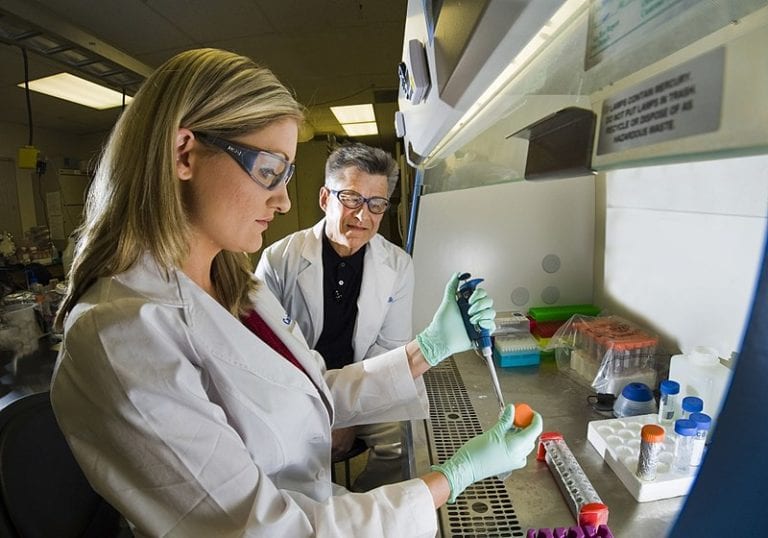Osteopontin and Mesothelioma: Unraveling the Connection
Scientists in Italy found that a protein called osteopontin is important to the growth of mesothelioma. Mesothelioma is a cancer that is caused by exposure to asbestos. It most often develops in the lungs or abdominal cavity. Mesothelioma is rare, with only 2,000 cases in the United States each year. The disease occurs more often in men than women. It can take decades after asbestos exposure for symptoms of the cancer to start affecting a patient. Mesothelioma is often difficult for doctors to treat. They usually create treatment plants that involve surgery, chemotherapy, and radiation. But there is still much that we do not know about mesothelioma, including the best ways to shrink tumors and improve survival. Key Protein in…


